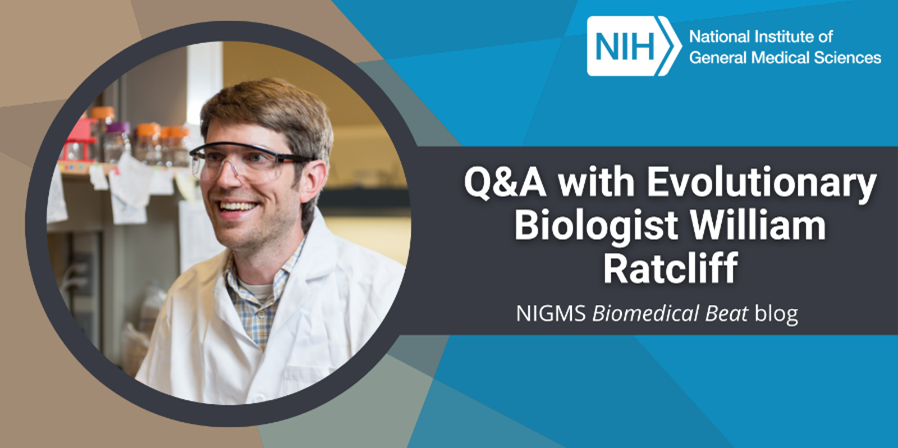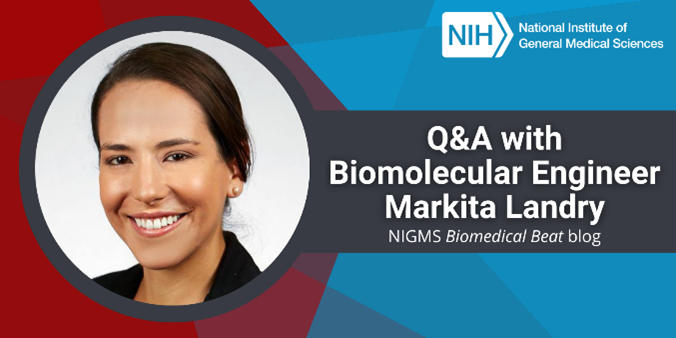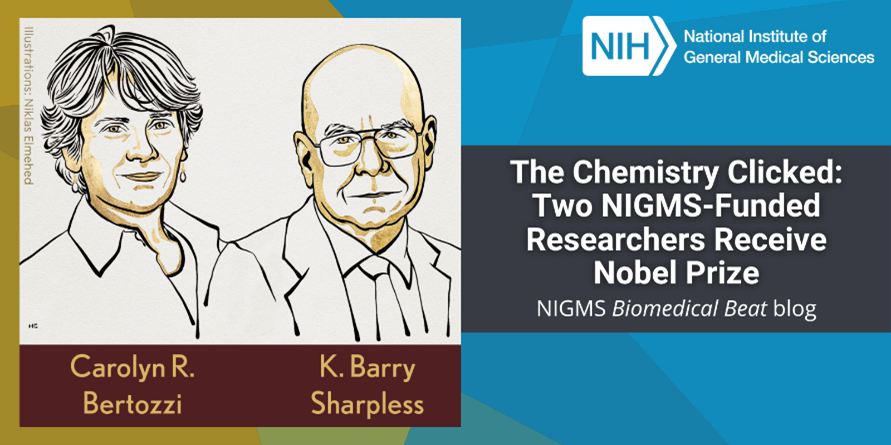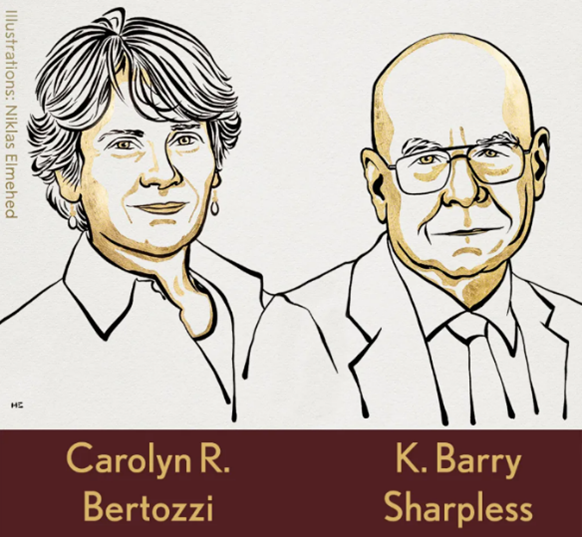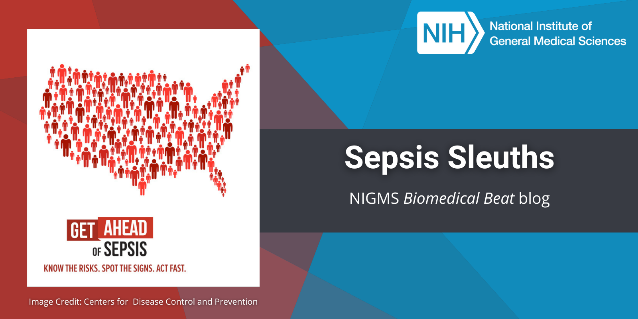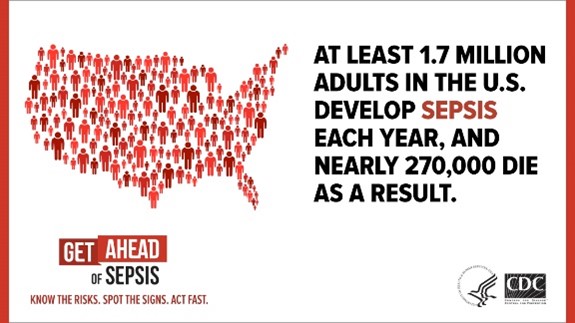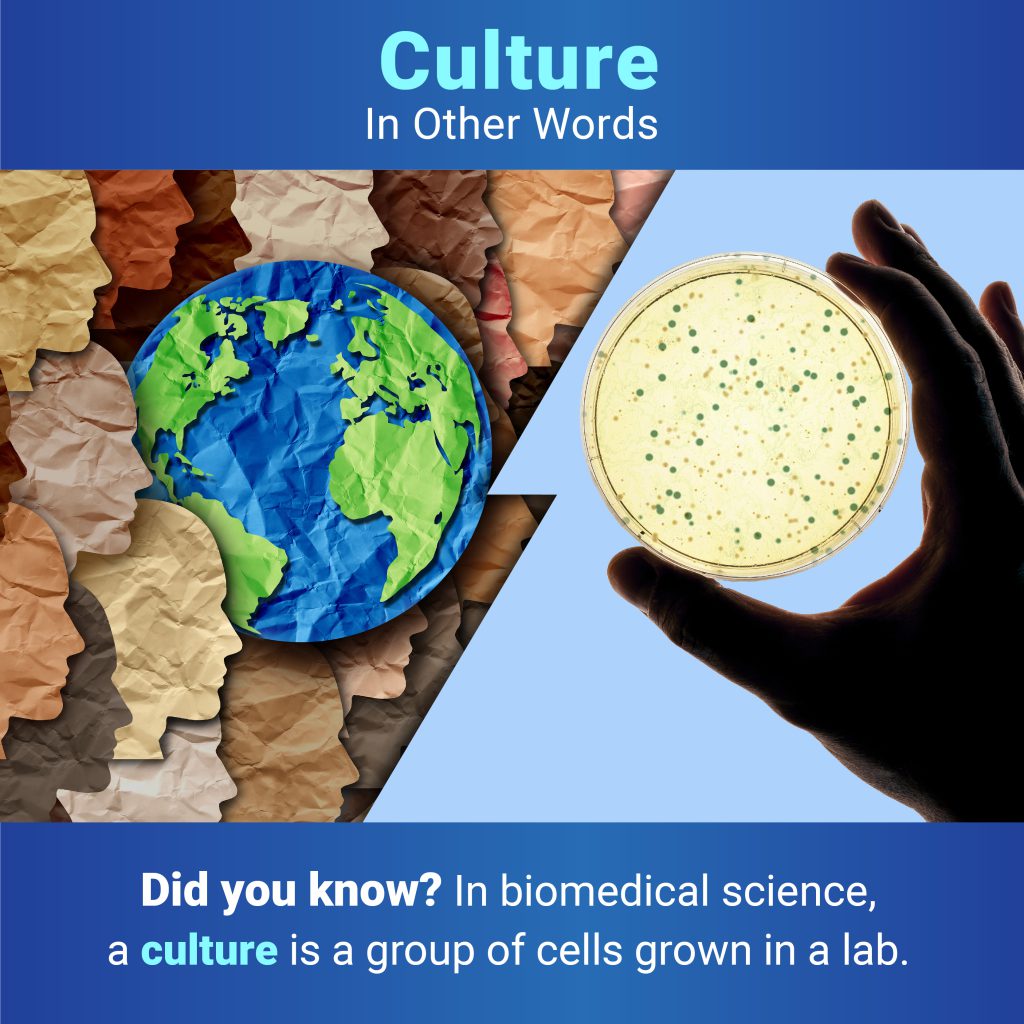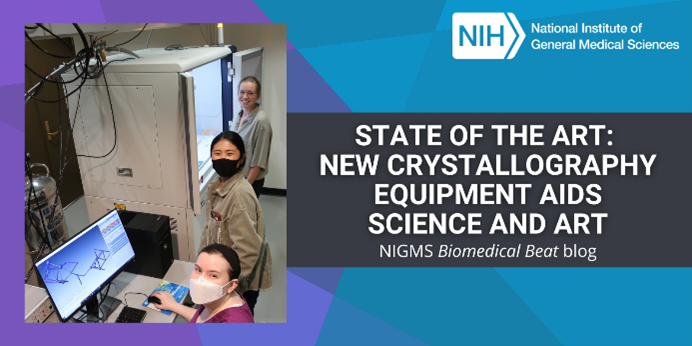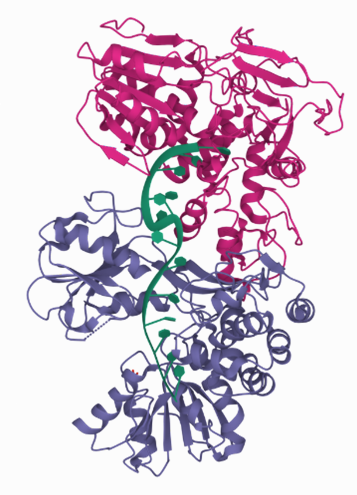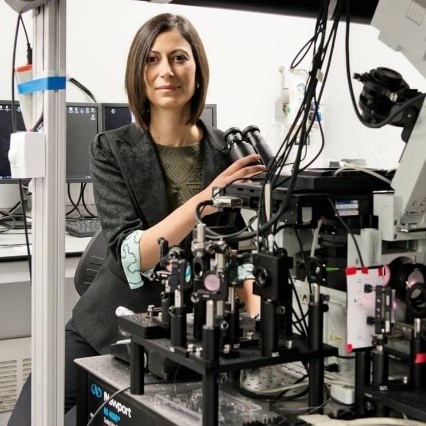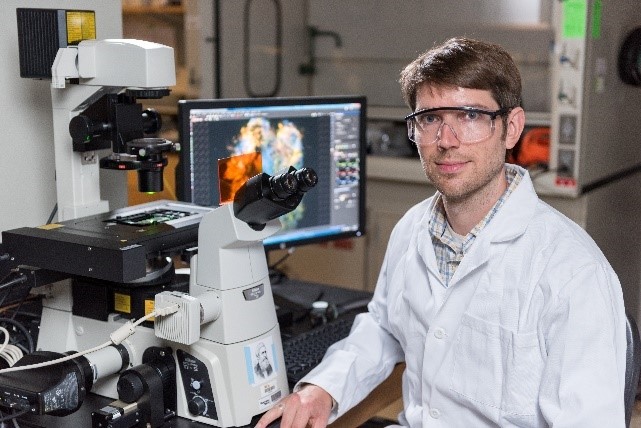
“Being a researcher is special because there aren’t many jobs that allow you to spend the majority of your time thinking about the things you find the most interesting in the whole world,” says William Ratcliff, Ph.D., an associate professor of biological sciences and the director of the interdisciplinary graduate program in quantitative biosciences at Georgia Institute of Technology (Georgia Tech) in Atlanta. We talked with Dr. Ratcliff about his career path, research on yeast, and advice to budding scientists.
Q: How did you first become interested in science?
A: My family owns land in Northern California that has been passed down for more than 100 years. When I was a child, my brother and I would spend summers on that land getting lost in the woods. We would really see the forest for its parts: seeing how organisms interacted with one other, tracking stages of development, and listening to birdcalls. My grandmother would identify plants by their scientific names, and we’d discuss their reproduction strategies. We became amateur natural historians during those summers. Perhaps it’s no surprise my brother and I both got Ph.Ds. in biology.
Continue reading “Career Conversations: Q&A With Evolutionary Biologist William Ratcliff”

